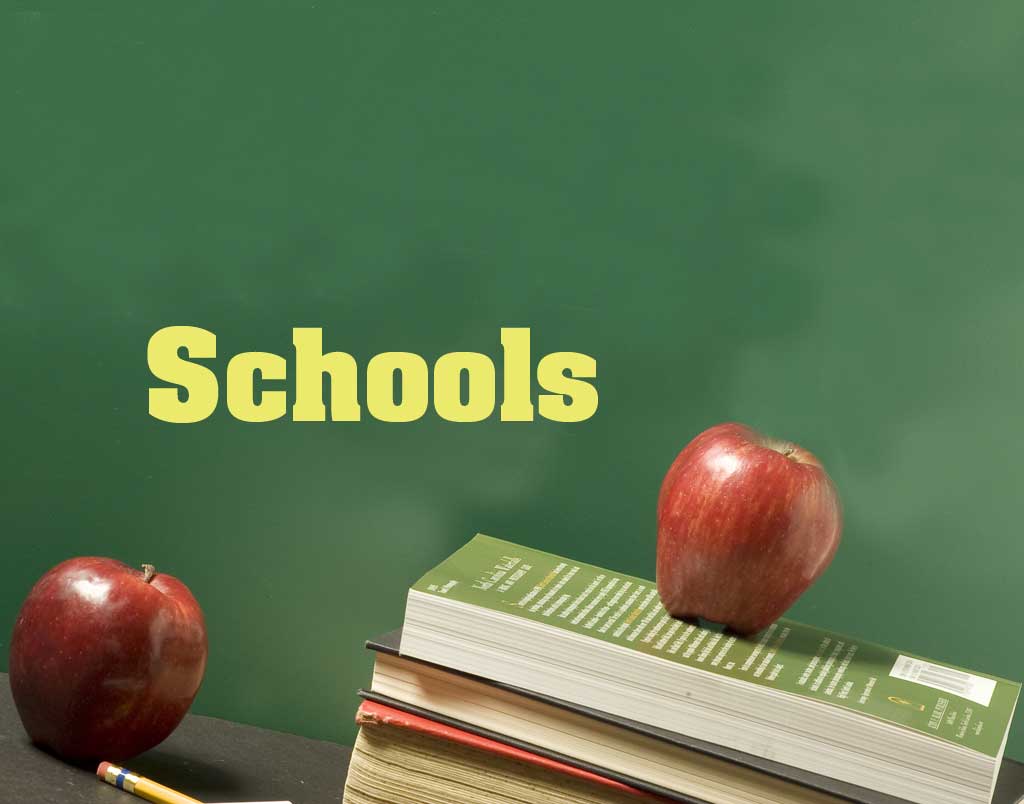MILLSTONE – The Millstone Township K-8 School District Board of Education has adopted a $39.6 million budget that will fund the operation of the district during the 2019-20 school year.
The budget, which was adopted on April 29, will be supported by a tax levy of $32.2 million to be paid by the township’s residential and commercial property owners. Other revenue includes $508,300 from the district’s surplus fund (savings).
In 2018-19, the school tax rate was $1.6807 per $100 of assessed valuation. The average home in Millstone Township was assessed at $534,657 and the owner of that home paid about $8,985 in school taxes.
In 2019-20, the school tax rate is projected to increase to $1.7227 per $100 of assessed valuation. The owner of a home that is still assessed at $534,657 will pay about $9,210 in school taxes, an increase of $225.
School taxes are one component of a property owner’s tax bill, which also includes Monmouth County taxes, Millstone Township municipal taxes and other assessments. An individual pays more or less in taxes depending on the assessed value of his home and/or property.
In 2018, the $38.7 million budget adopted by the board for the 2018-19 school year was supported by a tax levy of $31.3 million and $5.2 million in state aid.
However, the district’s state aid changed mid-year following negotiations between Gov. Phil Murphy and leaders in the state Legislature. A new law, known as S-2, reduced the district’s state aid for 2018-19 to $4.7 million.
For 2019-20, the district will receive $4.5 million in state aid, a decrease of $236,100 from the current school year.
Millstone is projected to lose a total of $2.1 million in state aid under the new funding formula through 2024-25, according to district administrators.
Following the budget’s adoption, Superintendent of Schools Christopher Huss said, “I am thankful to our business administrator, Bernie Biesiada, and the members of our Board of Education for working diligently to create and approve a budget that is as fiscally responsible as possible while avoiding catastrophic impacts to the schools and students.
“Despite a loss of nearly $500,000 in state aid over the past two years, we remain committed to doing what is best for the students and steadfast in our mission to stay at the forefront of education.
“We are proud of our cutting-edge STEM (science, technology, engineering, mathematics) electives, robust curriculum, progressive character education programs, commitment to the arts, and extensive extracurricular activities. All of these are supported by the (2019-20) budget and we are hopeful we can maintain them for the foreseeable future,” Huss said.
“While preparing the budget is always a very involved process, this year was especially challenging. For the second year in a row, we suffered a a significant loss of state aid while expenses such as building operations, special education services, health care coverage, and out-of-district tuition continue to rise. The funding formula created by the state appears to ignore these factors, among many others, while over-relying on enrollment data and previous years’ tax levy figures.
“The state’s funding formula suggests that residents of Millstone have not been paying their ‘local fair share’ in taxes which has resulted in significant cuts … Essentially, the Legislature has used aid reductions to send a message that districts like Millstone should balance their budgets by raising local property taxes or reducing spending. Unfortunately, the latter can only be accomplished by cutting programs and/or raising class sizes, which we are adamantly against.
“If the S-2 funding formula continues to be implemented as it is currently designed and cuts persist through 2025 as projected, difficult decisions will have to be made,” Huss said. “Educational programs, key resources and all non-essential support services will be compromised, and the educational experience we have become accustomed to in Millstone will drastically change.
“Thus, it is important for all of us, students, parents, educators and community members alike, to band together and let our legislators know how we feel. One way to do this is to sign the petition that is available in all of our schools’ main offices as well as the municipal building. Hopefully, we can partner with supportive politicians and change the budgetary course for future years,” the superintendent said.

